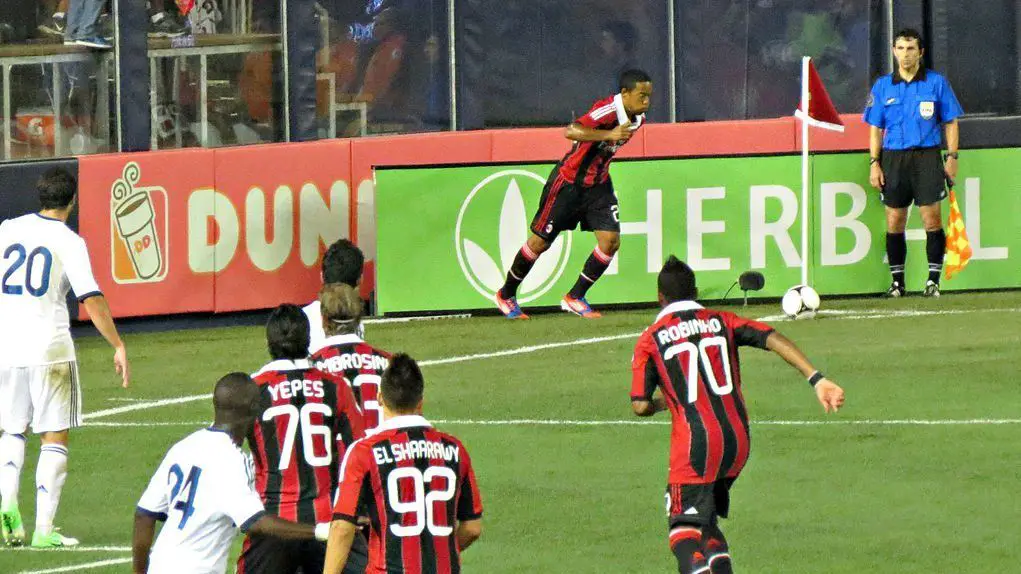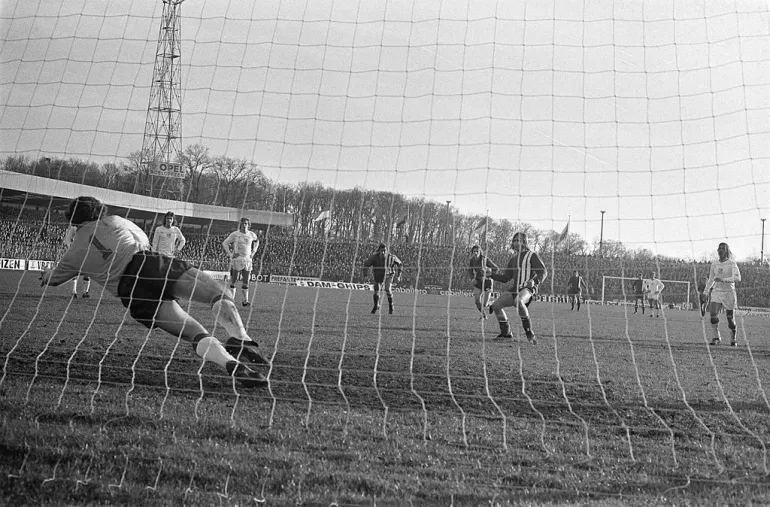Defending corner kicks. Stop conceding easy goals!

Corner kicks are one of the most dangerous situations to defend at all levels of football. Because there is no offside, the attacking team can get players close to the goal and shoot from close range. For some teams every corner kick is a thriller. It doesn’t need to be that way. Defending corner kicks is not that difficult, follow the tips in this post and your team will not concede easy goals anymore.
Avoid corner kicks.
It sounds obvious, but it is not. Some teams concede unnecessary corners, almost in a lazy way. As much as physically possible, goalkeepers should grab the ball instead of tipping it over the bar. Defenders should aim last minute tackles to the sidelines instead of the goal line. These skills can only be improved with practice and reinforcing the idea that corner kicks are to be avoided at all costs.
Place a defender on one or both posts.
This narrows the goal and reduce the area your goalkeeper has to cover. Having a player in each post means that the opposition has to be clinical in their finishing. The bottom corners are covered by defenders and the middle of the goal by the goalkeeper, only top corners may be free to score. Even top corners can be protected, you may have a very tall player in your team that can jump and reach them with his head. Precisely, many goalkeepers prefer to have their tallest players by the posts, instead of marking man-to-man the tallest opposition player .
Pair players of similar size on opponents.
It is common sense. The tallest player of your team should be paired with the tallest player in attack and so on. Some goalkeepers prefer to have the tallest player standing in the first goal post. This is something you should agree before a game with your goalkeeper.
Make sure all defenders stay close to their mark.
Your hand has to be able to touch the attacker. You don’t want to be so far away that it gives the attacker an opportunity to get away.
Never let the ball bounce in the box.
When you let the ball bounce, you are giving the opposition time to get men around the ball. Don’t be afraid of hoofing the ball out of danger.
Position your body between the attacker and the goal.
Never stay in the same line or leaving the attacker between you and the goal. Stay balanced and with your body slightly ahead of the attacking player in relation to the ball to be kicked from the corner.
Stand in an angle so you can see your mark and the ball being served.
If you only see the ball, you will lose your man. If you face your man, you won’t know where the ball is going.
As soon as the initial cross is cleared the defense must move out.
As soon as the ball is cleared, the offside rule is back in play. Moving your defense out forces the opposition to retreat to get out of a possible offside position. It also moves the danger away from your goal.
Leave your attacking players close to the middle of the pitch.
While it may be tempting to crowd your box, you don’t want all your players defending. This encourages the opposition to bring more players forward and makes counterattacking or simply keeping possession of the ball almost impossible.
Leave one player close to the corner kick taker.
This fulfills two purposes. You stop easy passes to the first post and you are ready to challenge any attacking players coming for a short pass. If you don’t position any players near the corner kick taker, they can execute a short pass and the receiver can then drive a cross from a better angle or even have a clear shot to goal.
Choose a defensive corner kick strategy before your game.
Defending corner kicks requires concentration and discipline. You don’t want your team discussing how to defend a corner in middle of a match. Choose a strategy that suits your team skills and body size beforehand, and practice it. There are two main strategies: zonal and man-to-man marking. Most modern teams use a combination of both. The video below is a quick lecture on zonal defending compared to zonal/man when defending corner kicks. It also covers setting up the counter attack from corner kick defending.
Subscribe to our newsletter to receive more content like this in your inbox.



